By Thao Nguyen
1- cooking tool
* for the oven:
- an aluminum baking sheet: never cook on it, always use a high-quality silicone mat or parchment paper. Aluminum is a better heat conductor, it's ideal when you want even cooking, so for rolled cakes, cookies, baked papillotes, etc.
- a stainless steel plate: it is a less good conductor of heat but you can cook food directly on it and it caramelizes well, so it is ideal for roasting vegetables etc.
* for the stove:
- a wide stainless steel pan: choose either a true three-ply (1 layer of aluminum sandwiched in 2 layers of stainless steel) or with an encapsulated but very thick base (anything below 4mm is not the best quality). In this 5mm of base thickness, there is a thick layer of aluminum which will allow ideal heat distribution. This pan is used for searing, sautéing etc.
- a large non-stick frying pan. Use it sparingly and never heat it empty at high temperatures, ideally never at high temperatures. Choose a non-stick coating that is not only AFPO-free (mandatory in Canada for a few years) but also PTFE-free (this is very important). Ceramic coatings are a “better” option, unfortunately, although these coatings have improved in recent years, their lifespan (in terms of non-stick properties) is disappointing, it works great at first but as it is used, the performance drops drastically). In any case, whether it is a ceramic coating or a regular one but without PTFE and AFPO, these are extremely toxic manufacturing processes not only for the workers who make them but also for their environmental footprint because they are extremely polluting. Even in the "best" factories in China (yes, 97% of the world's production is made there, even for renowned Italian and French brands...), I have seen working conditions that respected international standards but which, in the eyes of people with common sense, would not find acceptable. So what is the best option? A stainless steel pan with more fat so that it sticks less, or a cast iron pan WITHOUT coating for which you have to do the "seasoning" work yourself, that is to say, preparing the protective layer. On the other hand, in both cases, the pans are much heavier and depending on the use you have to make of it, sometimes you really prefer to have a non-stick pan. In this case, I prefer the forged aluminum pan with an excellent non-stick coating. Why? Because aluminum is a better heat conductor, you have to heat it less and for a shorter time so that it cooks quickly and evenly what you want to cook. Plus it's light, so for making pancakes, the cast iron pan is great, the steel one is a disaster, but for making thin crepes or omelets that need to be flipped, let's just say we have a better chance of being a champion with an aluminum pan. Whatever happens, we avoid pressed aluminum pans which are cheap and don't last long, they warp too quickly.
- a large stainless steel saucepan that acts as a Dutch oven and 2 saucepans.
- whether the lids are glass or steel, these are personal preferences, but in any case, we choose lids without holes! These holes are useless and cause more heat and moisture loss than anything else... If we have the impression that the lid "floats" a little on the pan, it's normal! If there are no holes, this adjustment allows the excess pressure to escape from the pan. When there are no holes, it is a cooking called "stove". The advantages and benefits are multiple. This means that all the liquids, flavors and food evaporate and as they are stuck in the pan, condense and fall back on the food, thus preserving the flavors and moisture of the food (important in cooking meat if we eat it) but also, as the heat remains inside, there is an appreciable saving of energy used but also, it also allows for real low temperature cooking which really allows us to lose as few nutrients as possible and which should be recommended as much as possible.
- we have a quality cast iron pot, preferably one made in France or Germany, no other! simply because we have better assurance that it is quality and above all, even if the process is very polluting, that it is made within a framework with standards that surround these manufacturing processes. The working conditions that I saw in China horrified me and still haunt me, even today.
Moral of the story for everything concerning cookware: we buy them individually even if it seems more expensive but at least we are sure to have the pieces that will really be useful to us. We always have an aunt, a friend or a mother who has bought all the cookware that retailers offer at big discounts every month and who has pieces that she does not use... so we take advantage of it... Otherwise, my favorite (apart from non-stick pans which you always have to buy new and which you throw away as soon as you see that they are damaged or scratched) is to buy second-hand. My most beautiful pieces were found at flea markets in Europe when I lived there, saucepans etc. which are 20 years old and which are impeccable, both in terms of the functional part and the handle! I make sure it was made in France, Italy, the Netherlands or Germany, I obviously don't buy something made in China from 20 years ago...lol
2- Preparation tools
- three good knives: a chef's knife, a bread knife and a paring knife. You can buy the whole set if you really want to, but you really only need these three knives. Moreover, the sets sold in blocks are rarely of good quality, and besides, a block is the worst way to store knives... you damage the blades and you have to sharpen them often! Don't skimp on the chef's knife and paring knife; it's a long-term investment that saves a lot of money and makes working safer. There's nothing more dangerous than a knife that doesn't cut or cuts badly... A quick note about the bread knife: there are two types of bread blades on the market: pointed serrated blades and slightly rounded serrated blades. We prefer the latter, especially if we cut gluten-free breads or cakes... in fact, the structure of gluten-free breads is more fragile than those with gluten and a sharp serrated blade tears the crumb and the crust (already more crumbly than breads with gluten) but also requires greater pressure because it "sticks" and we crush our breads... On the other hand, the rounded (but sharp) serrated blades cut and "slide" in the crust and the crumb. We therefore have the opposite effect!
- a good wooden spatula. By good, we mean: a spatula made of solid wood, not made with glued pieces. You can recognize them by looking at the grain of the wood, which must be uniform throughout the spatula, from the handle to the tip, front and back. Even if they are “food-safe” glues, these spatulas are heated in our dishes, we come to mix, scrape the bottom of pots and pans, do we really want to have heated glue in contact with our food? We also prefer them made of hardwoods such as maple or walnut. I have mixed feelings about the bamboo one because bamboo is actually full of pieces of glued and pressed wood... other woods are too porous or not “hard” enough and wood fibers come loose and slip into the food without our knowledge. The damage to our internal system can be considerable, so no utensils made of pine etc. I have a special crush on the Ricardo and Little Deer angled spatulas. Their angle and ergonomics are perfect and they are the most versatile and necessary utensil for me in the kitchen. I have 5 of them and I do everything with them. They replace the wooden spoon, the spatula, the serving spoon, they are the essential tool for deglazing, and I find new uses for them almost every day!
- a wide flexible spatula (just for pancakes and very delicate things...)
- a spatula (or silicone spatula) and I prefer it covered entirely in silicone. You never choose a utensil that is made of two separate parts, either they separate in the long run, or they are made to separate but the amount of bacteria that hide in the corners is impressive. As silicone has extraordinary water-repellent properties, this also means that as soon as there is grease on it, it is difficult to wash and in the long run, there is like a film of grease that sets in and it quickly becomes disgusting to hold. This is why the only things that have silicone in my kitchen are either the spatula (for the functional side) or the silicone mat (for the ecological side vs parchment paper...) or the silicone brush (because it does not lose its bristles and it is the only one that washes well!)
- a ladle
- a 4-sided grater (for grating vegetables etc. when you don't want to get out the big guns) - we want it with a non-stick base and we make sure that at least 3 of the sides will be useful to us... I see so many aberrations on the market where there are only two sides that will really be useful to us, the sides with lots of spikes are useless (even for parmesan for which they are supposedly made!) and the sides with the long blades never cut and with the frequency with which we make shavings, I just tell myself that we were just looking for a use for this fourth side! so we want a side for fine graters, a medium and a wide.
- a zester - in this case we particularly want razor blades, the most efficient on the market. Microplane has the best on the market.
- a good mandolin
- a good garlic press: make sure that the receptacle is large enough, and that there is a mechanism for cleaning-removing the crushed garlic from the small holes...
- a potato peeler with a quality blade
- kitchen scissors that detach for easy cleaning...
- tongs (very versatile in the kitchen)
-Digital scale: no need for the scale with 1000 nutritional functions. The only one that is useful is the one that shows grams and the tare or 0 function.
- Measuring cups and measuring spoons. What you need to make sure of when buying measuring cups is that you use Canadian cups and not American ones. In fact, American cups are equivalent to 240ml while Canadian ones are 250ml. This sometimes explains the differences in results in recipes. For savory things, it's less serious, but for sweet things, it's more problematic! And for the Scales
3- small electrical appliances
- at least a hand blender (or immersion blender)
- at best a high-powered blender like Vitamix or Blentec
- at least a hand mixer
- at best a stand mixer. No need for the most powerful one either!
The rest is incidental but can sometimes be very useful if you want to save time, however, there is always a way to do it by hand. For the electrons mentioned above, there are no good options by hand so the minimum is necessary and if we are lucky enough to be able to choose, then we go with the best!
There are 1000 other things and anecdotes I could share but I would get boring with that information!
















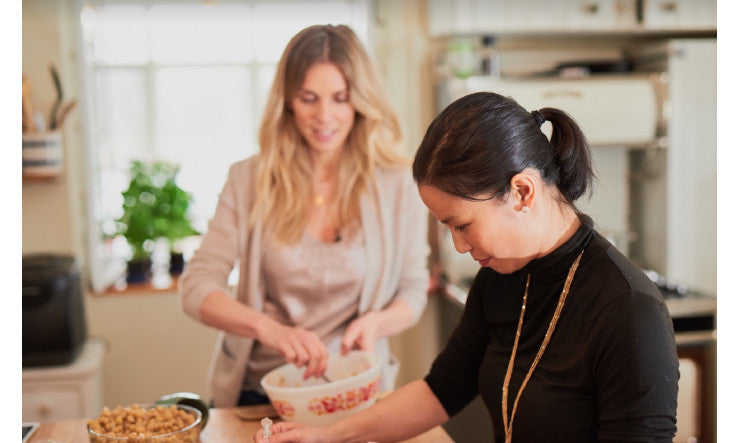

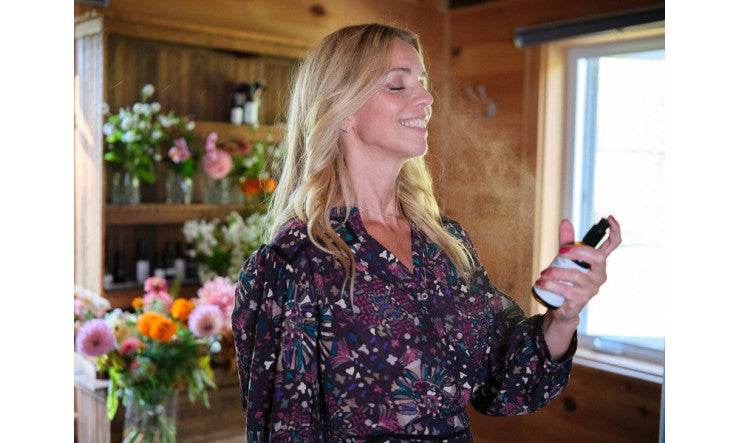





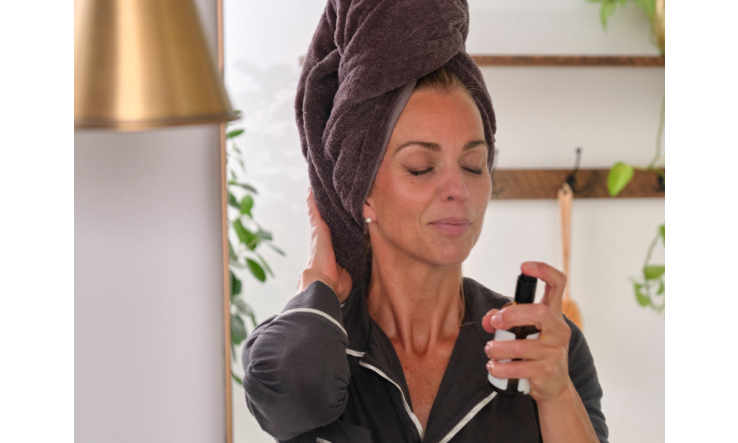
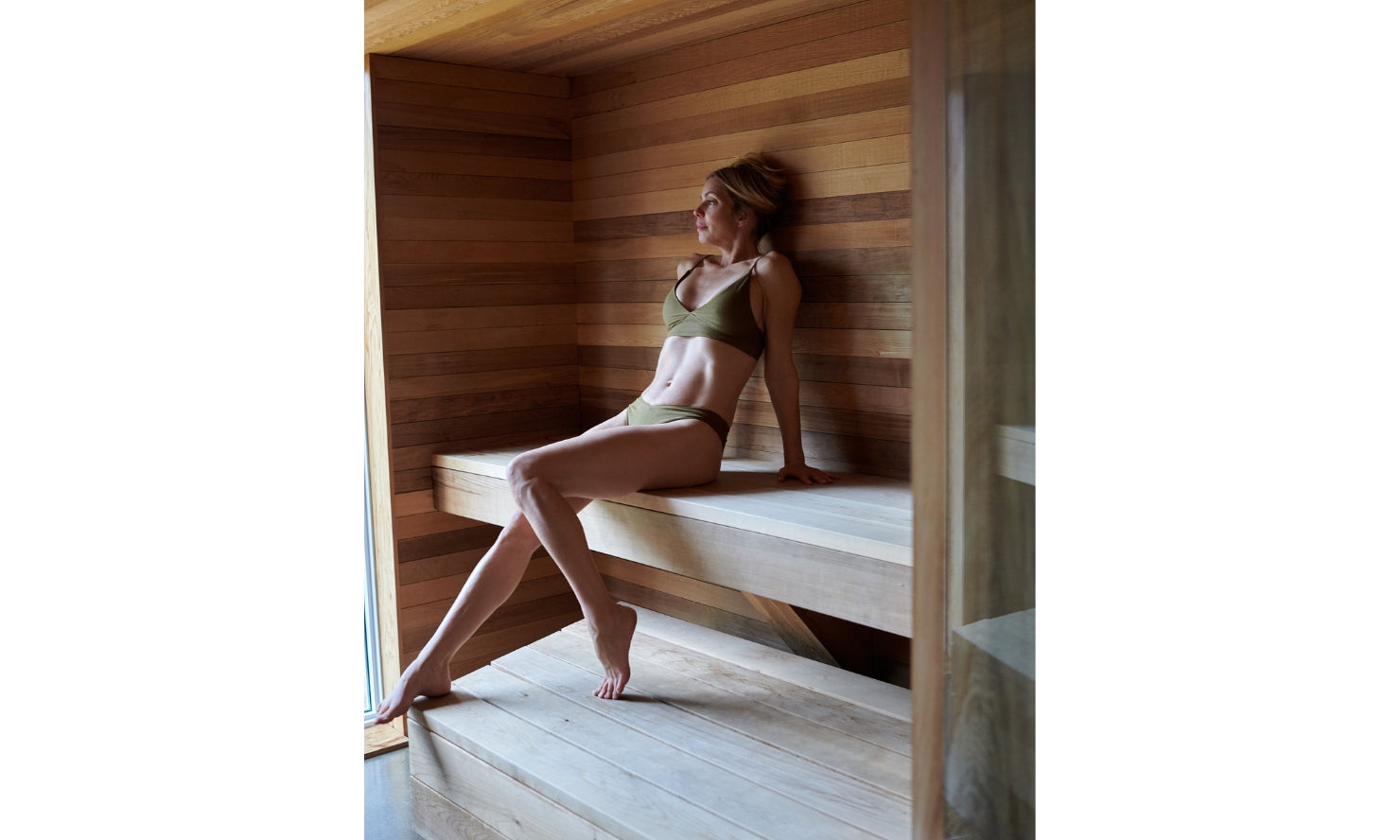







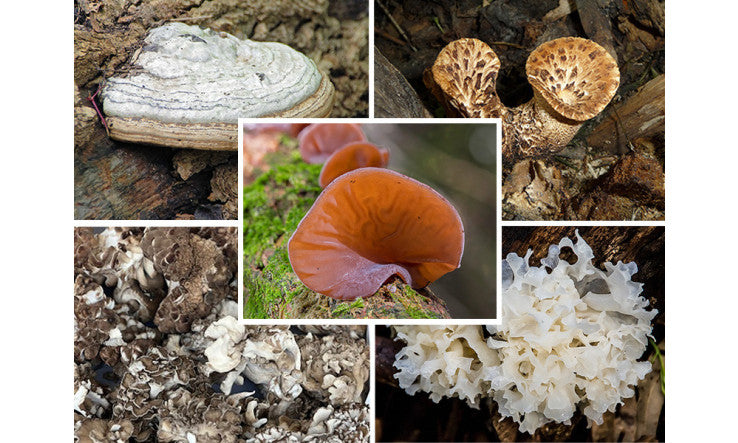














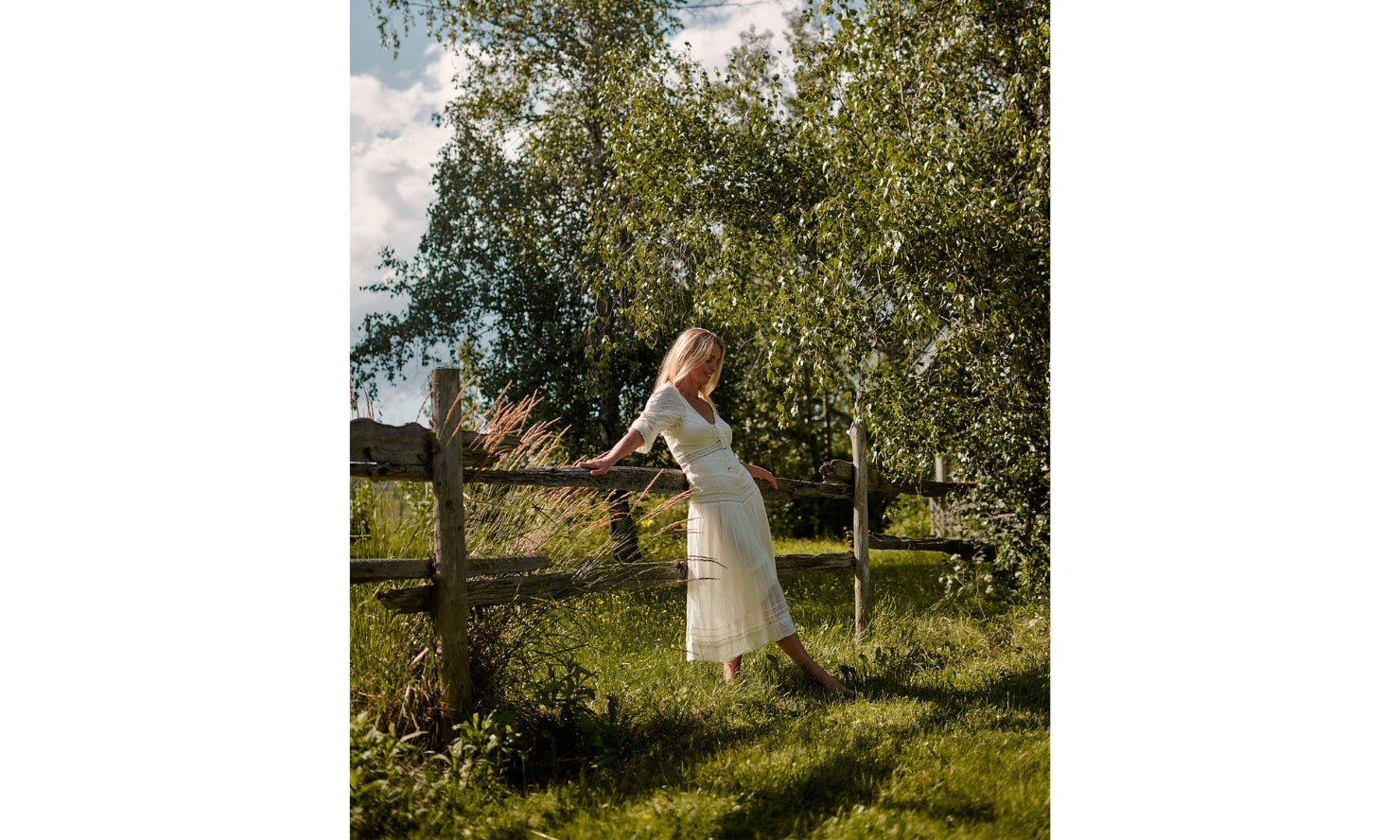
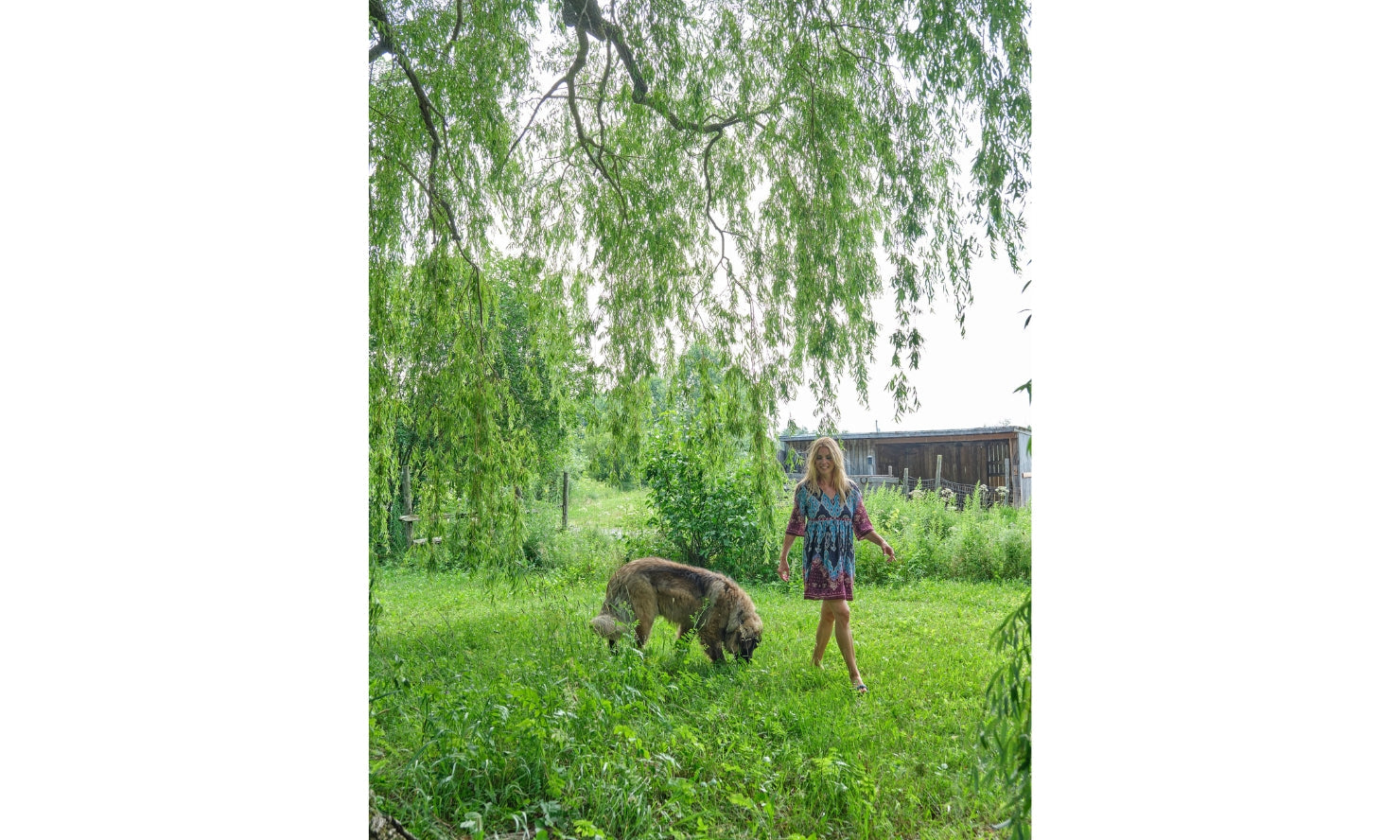
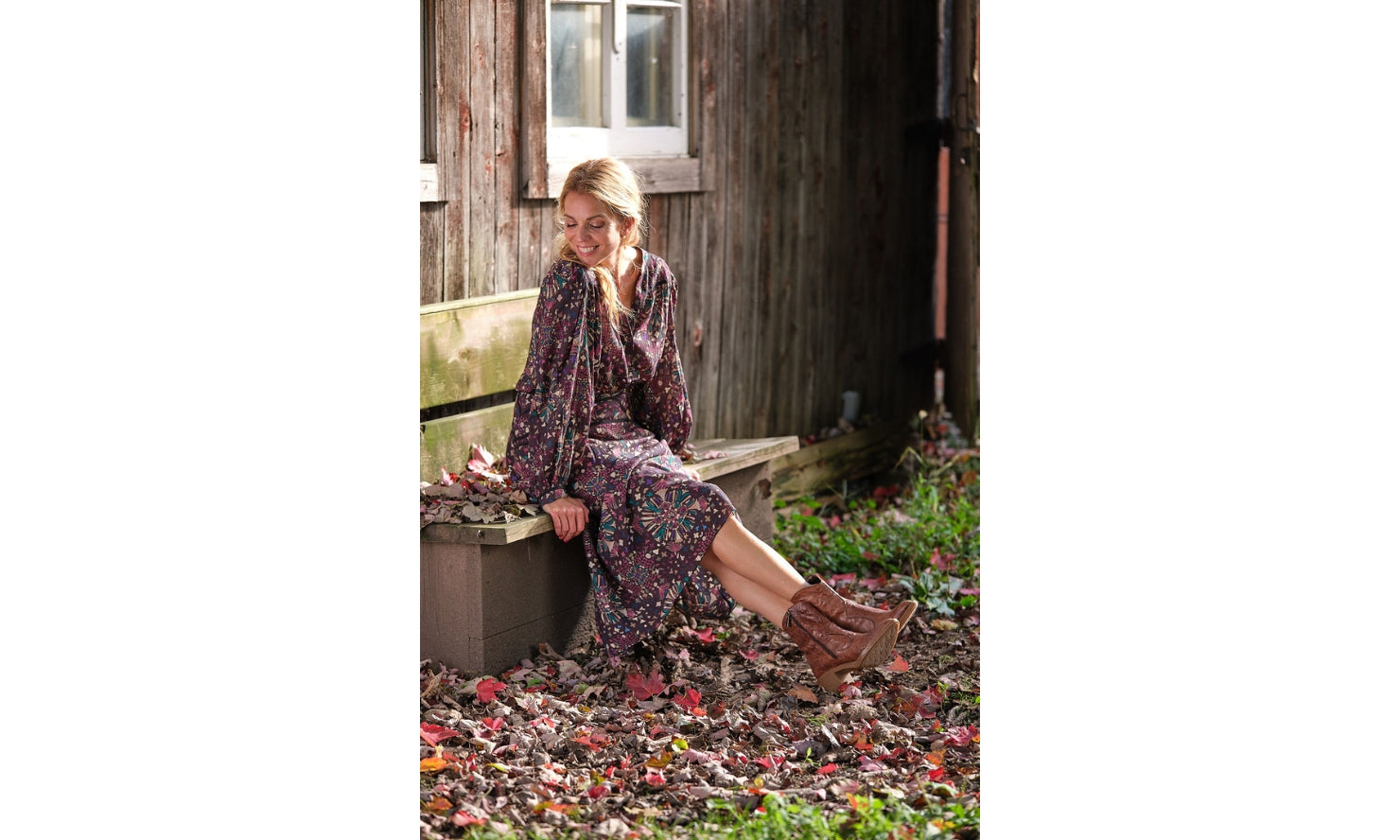
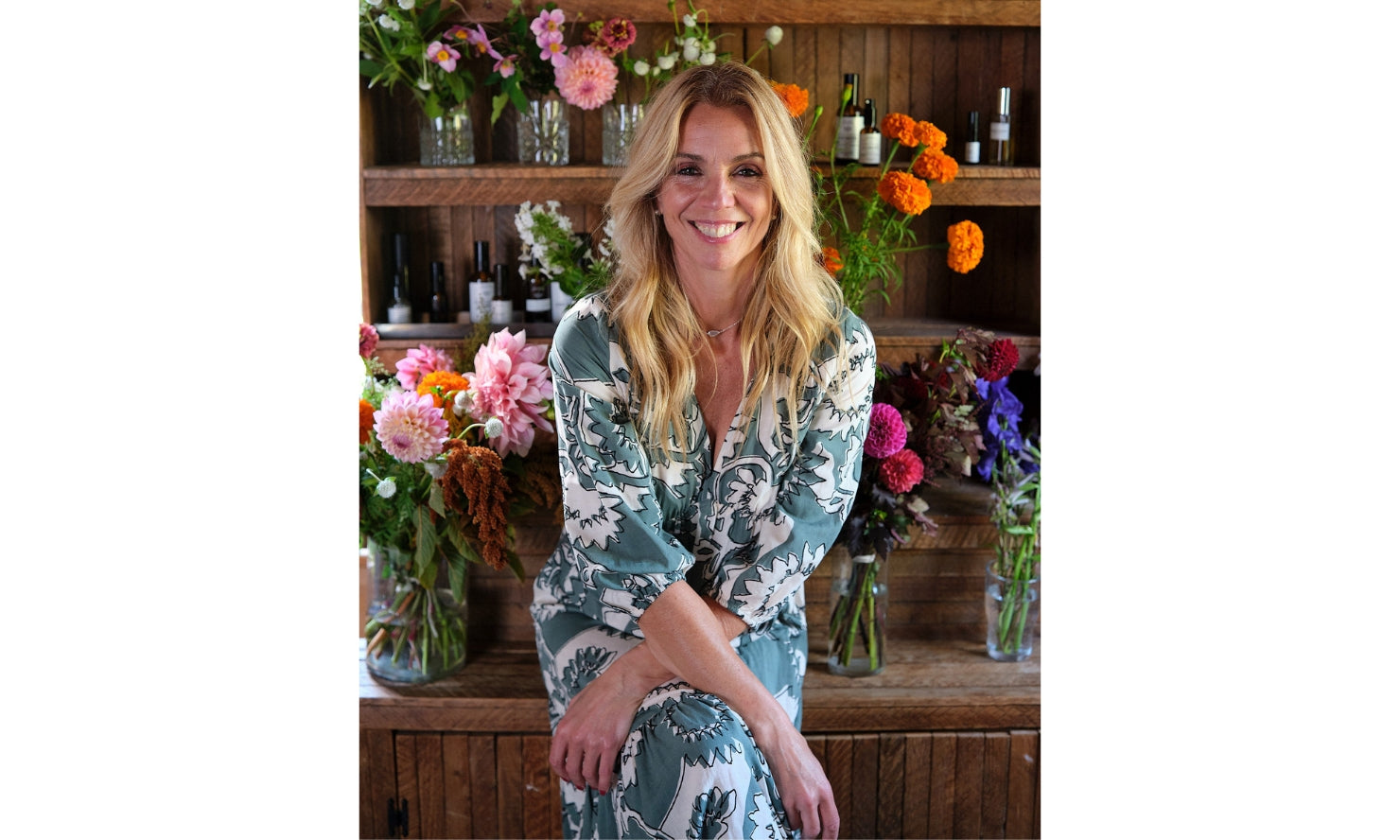
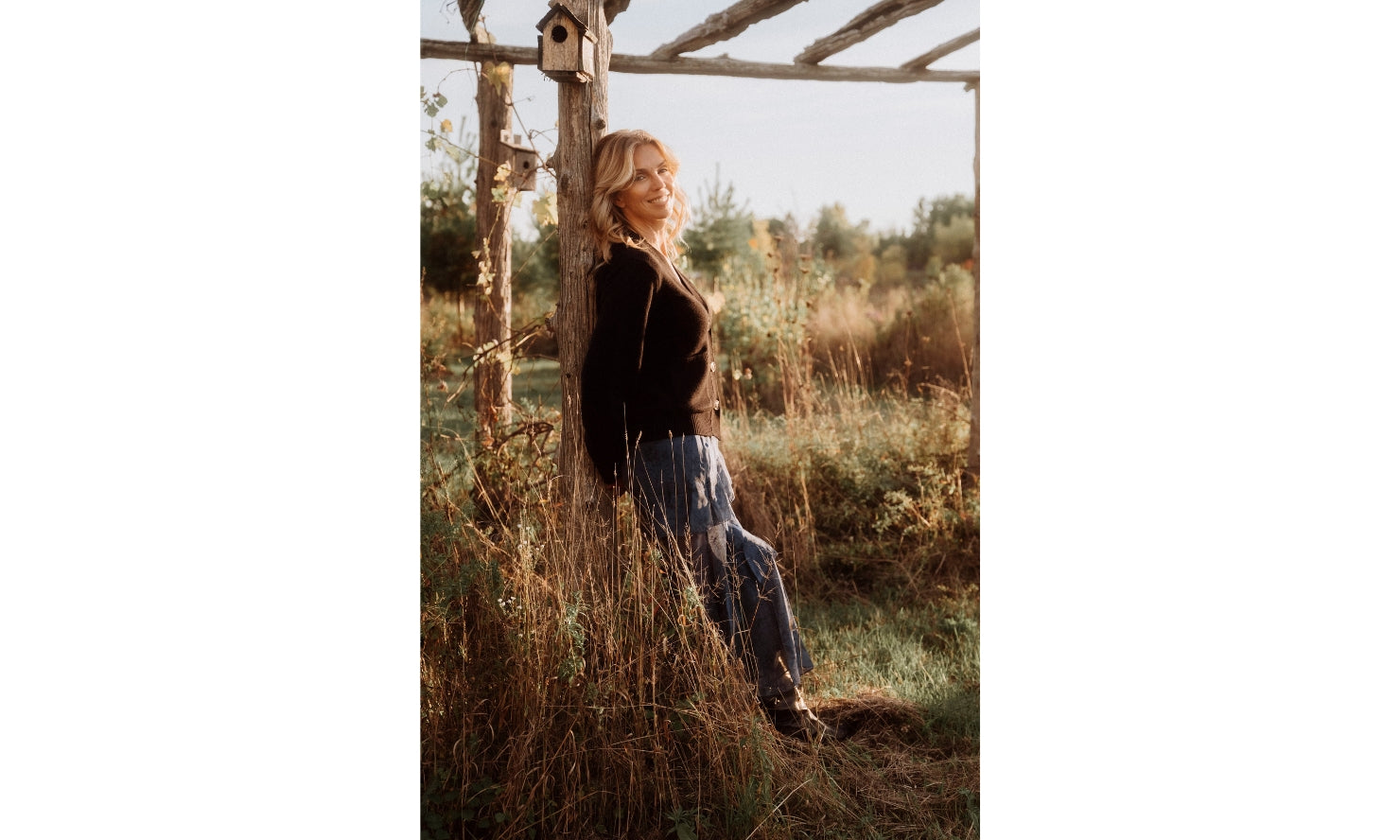
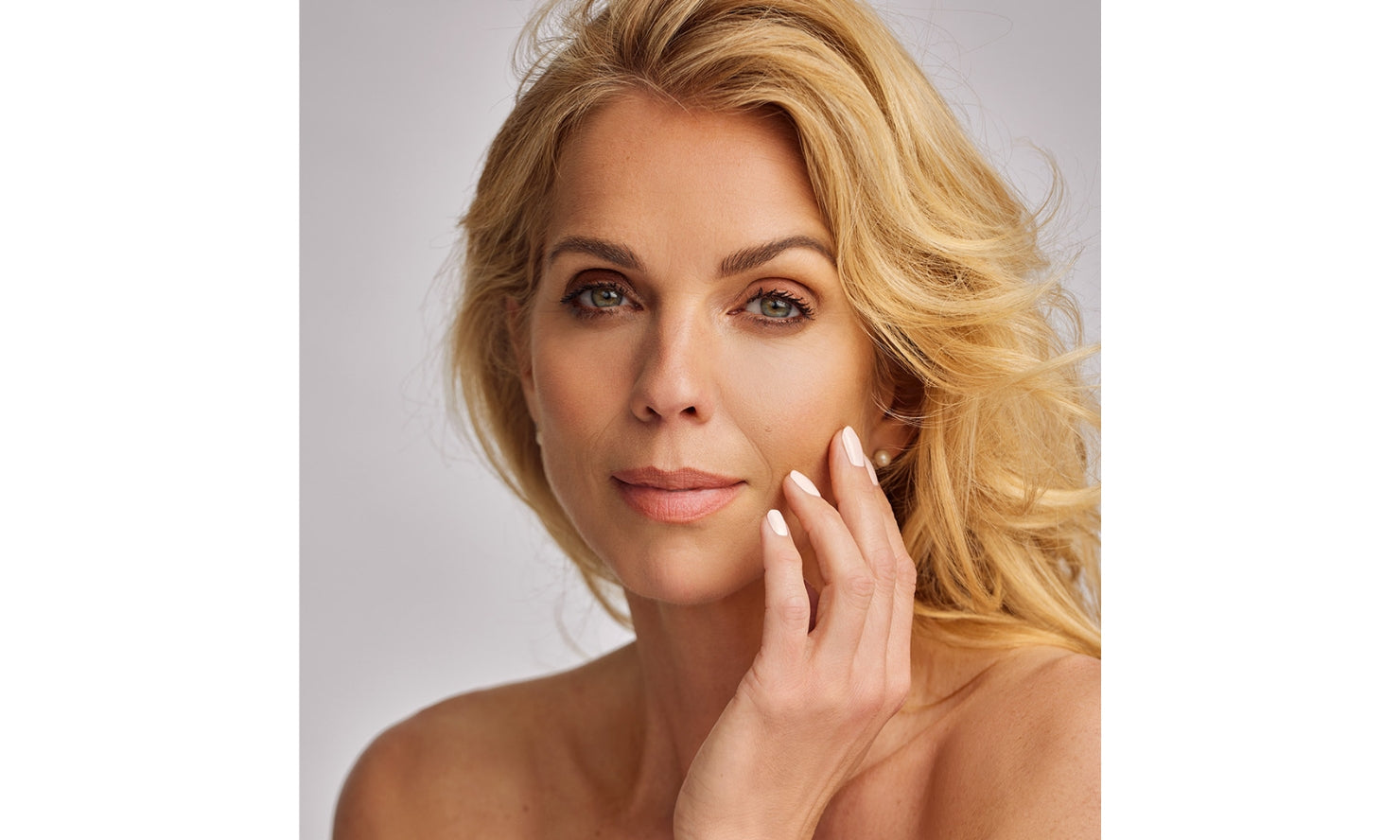
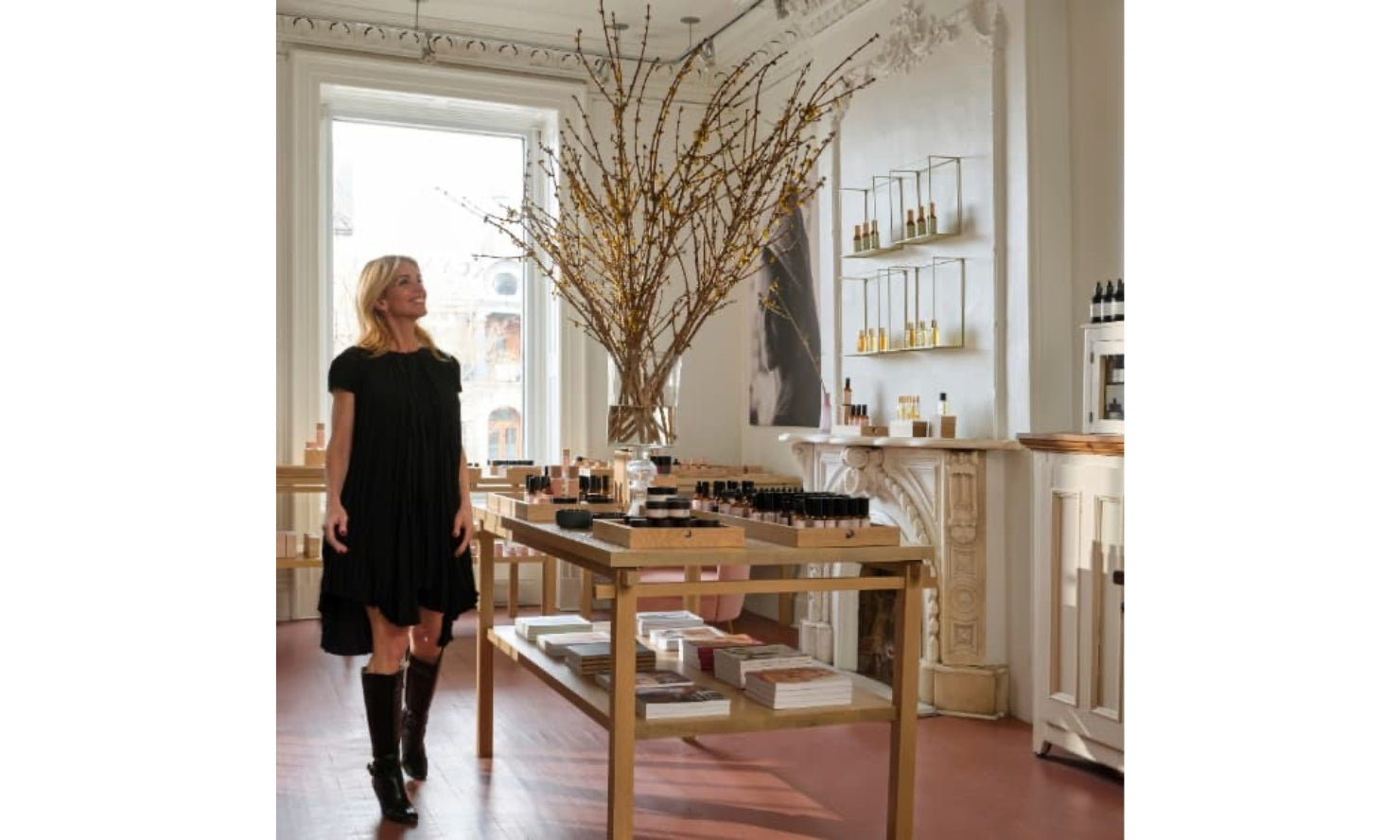
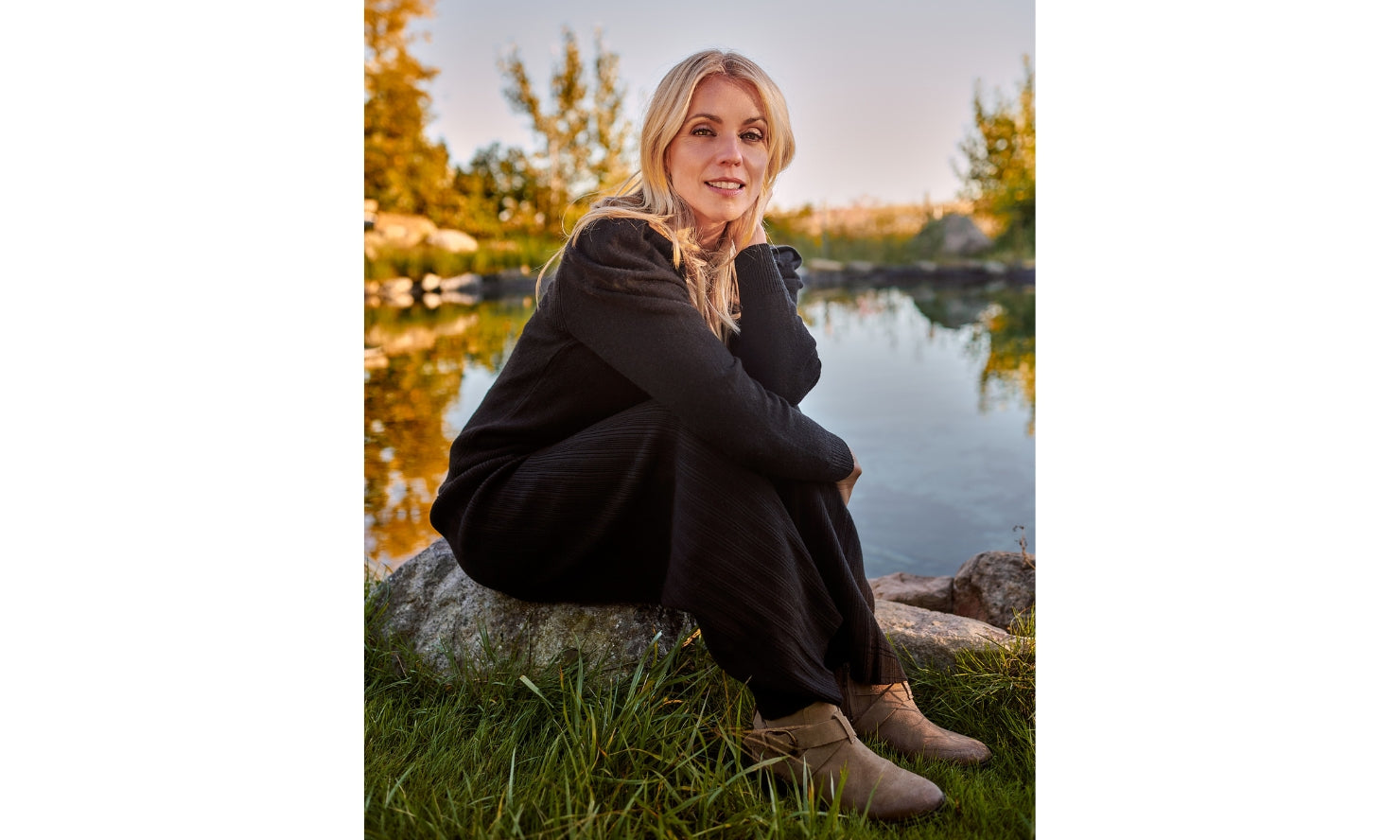
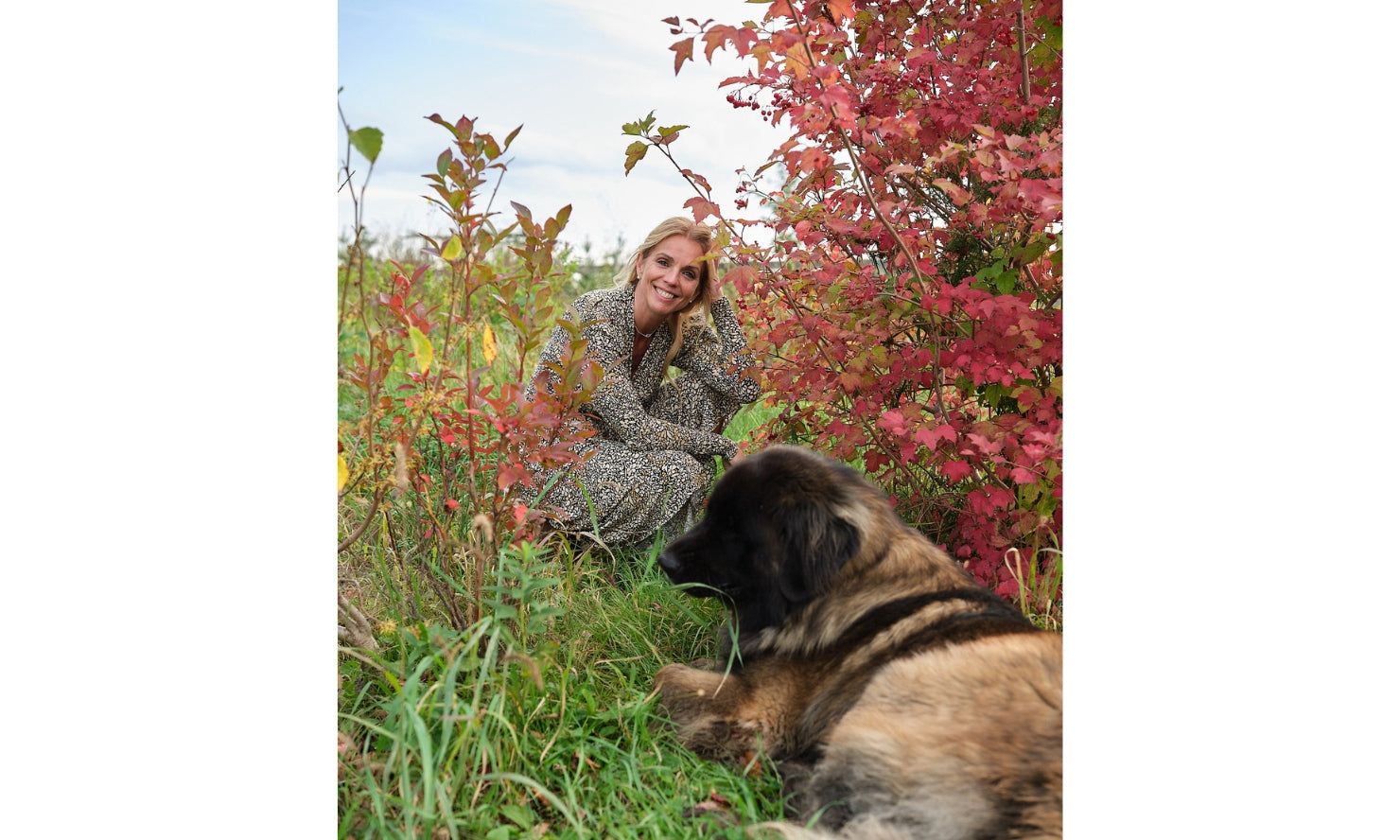
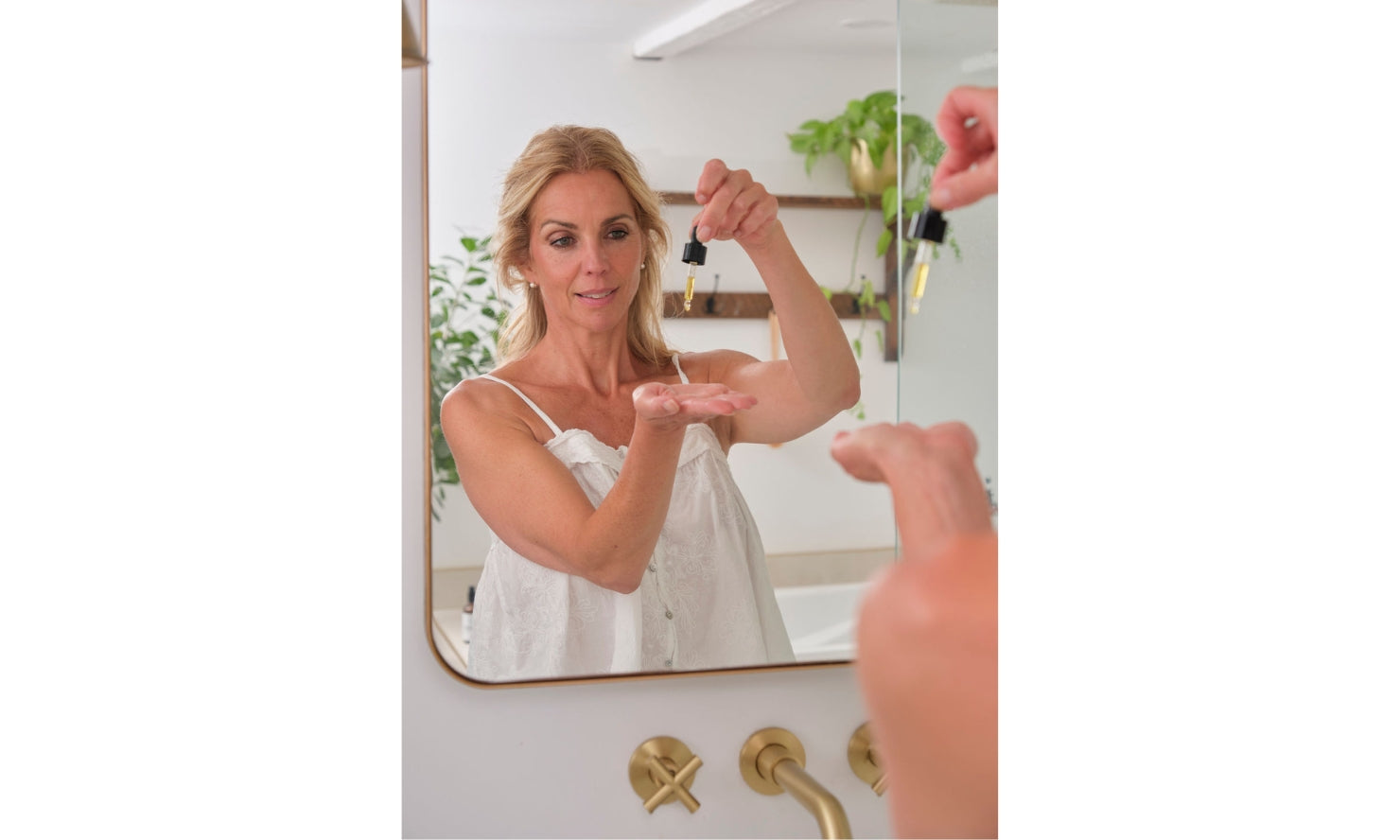








Leave a comment